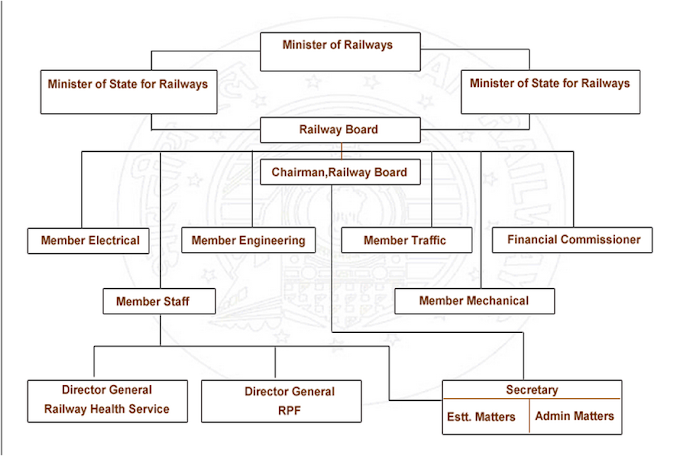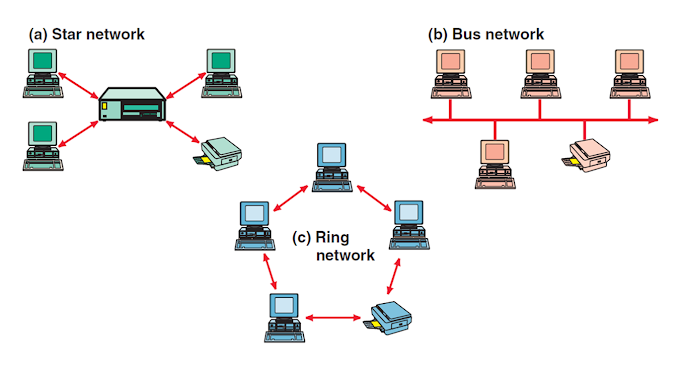How to analyze case studies?
1. Structure of Case Study
2. Step-wise Approach
3. Pitfalls to avoid in case study analysis
Analyzing case studies have become an integral part of management courses throughout schools in India as well as overseas. The purpose behind using this tool to impart important educational lessons is as follows:
(a) To provide the students an opportunity to analyze a real life management situation and to suggest an appropriate course of action after applying the management concepts learned in class.
(b) To give the students an idea of the complexity of decision making in the real world.
(c) To provide students with an opportunity to participate in class and to gain experience in presenting their ideas to others.
(d) To provide a means for the students to improve their analytical skills.
A case study, not only presents the various facts available to a manager at a particular point of time based on which he has to make a decision, but also an account of what has happened to a business or industry over a period of time. It gives details of the events and the market situation that the executive(s) of the company have faced or are facing as well as the competitive environment in which the company operates. A case study could deal with a number of issues or just one. It could involve the application of a single management concept or a number of them. Each case study is different because each organization is different in its own way.
These readings demand that the student put themselves in the company executives’ shoes and use a combination of their analytical skills as well as apply the theoretical management concepts learned in class to determine what happened, why it has happened, who was responsible and then provide the solution with logical reasoning. The analysis of the case should clearly indicate that the student has applied the theoretical management concepts learned in class. If a case study is attempted without clear application of management concepts, then the very objective of analyzing a case study is lost.
Students usually compete with each other to find the right answer while analyzing a case study. It is important to remember that there is no right or wrong answer. Each student is entitled to interpret the facts in his own way and arrive at a solution.
Make sure you get the story right
Remember, when you are writing or presenting a case study, you are also telling your story, that is, how your ideas and suggested solution can assist the company to successfully overcome the problems faced by it.
Make sure that the sections and subsections of your discussion flow logically and smoothly from one to the next. That is, try to build on what has gone before so that the analysis of the case study moves towards a climax.
Beware that when a case study is analyzed in a group, chances are that your story can get distorted. This is because usually people in a group split up the work. Some do the introduction; others do the middle while the rest do the conclusion. Most of the time, such a division results in a discontinuous analysis because the different parts do not flow smoothly from one section to the next.
Make sure that the sections and subsections of your discussion flow logically and smoothly from one to the next. That is, try to build on what has gone before so that the analysis of the case study moves towards a climax.
Beware that when a case study is analyzed in a group, chances are that your story can get distorted. This is because usually people in a group split up the work. Some do the introduction; others do the middle while the rest do the conclusion. Most of the time, such a division results in a discontinuous analysis because the different parts do not flow smoothly from one section to the next.





0 Comments